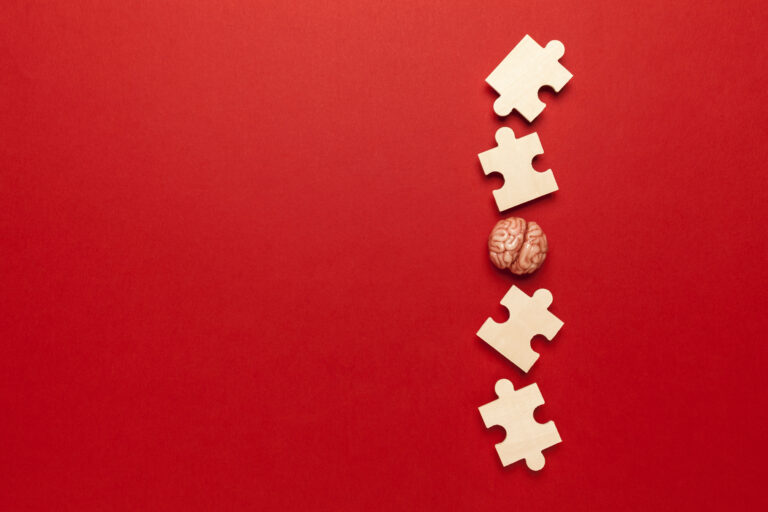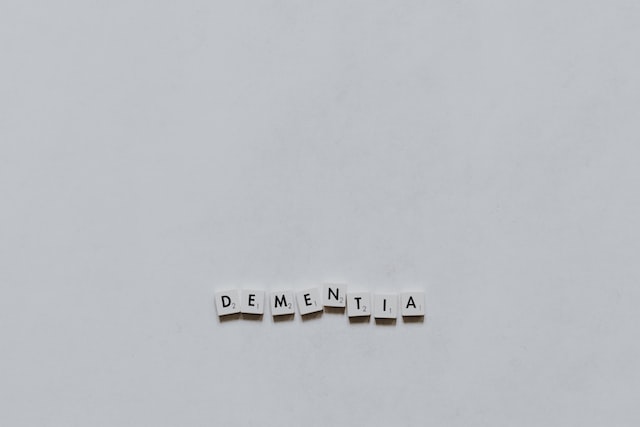Falls are a common problem for older adults, but there are many simple steps that can help prevent them. Staying steady and safe at home starts with making small changes to daily routines and the living environment.
One of the best ways to prevent falls is to stay active. Regular exercise helps build strength, improve balance, and keep muscles strong. Activities like walking, stretching, or gentle tai chi can make a big difference. Simple exercises such as standing on one leg, tapping your foot on a step, or walking heel to toe help improve balance and coordination. Doing these exercises a few times a week can help the body react better to changes in movement and reduce the risk of falling.
Home safety is also very important. Keep floors clear of clutter, electrical cords, and loose rugs. Make sure hallways, stairs, and entryways are well lit, and use nightlights in bedrooms and bathrooms. Secure rugs with non-slip backing or remove them if they are a hazard. Install grab bars near the toilet, tub, and shower, and use handrails on both sides of staircases. If needed, use a shower chair or bench for extra support.
Wearing the right shoes can also help prevent falls. Choose shoes with non-slip soles and good support. Avoid walking in socks or slippers, especially on smooth floors. Take your time when moving around, and rise slowly from sitting or lying down to avoid dizziness.
Regular health checkups are important too. Have your vision and hearing tested often, as poor eyesight or hearing can make it harder to notice hazards. Talk to your doctor about medications, as some can cause dizziness or sleepiness. If a medication makes you feel unsteady, let your doctor know.
Using assistive devices like canes, walkers, or reachers can provide extra support and help prevent falls. Don’t hesitate to use these tools if they make daily activities safer. If you do fall, try to land on your buttocks to reduce injury, and don’t rush to get up. Check for injuries and ask for help if needed.
Staying social and joining group activities can also help. Group exercise classes, wellness checks, and safety audits are available in many communities and can provide both physical and emotional support.
Sources
https://www.senior1care.com/injury-prevention-home-safety/simple-exercises-for-senior-fall-prevention/
https://changeinconline.org/elderly-fall-prevention-home-safety-tips-for-connecticut-seniors/
https://silvermaples.org/from-rugs-to-routines-fall-prevention-for-seniors/
https://circleofcare.com/staying-on-your-feet-falls-prevention-tips-for-seniors/
https://optimaliving.ca/2025/11/staying-steady-fall-prevention-month-for-seniors/
https://www.aptqi.com/cdc-launches-new-fall-prevention-tool-to-help-aging-adults-avoid-falls/
https://www.lakeworthfootandanklecare.com/component/k2/item/1361-preventing-falls-in-older-adults-and-protecting-independence.html
https://agesafeamerica.com/home-safety-hub/blog/fall-prevention/
https://www.eufy.com/blogs/security-camera/preventing-falls-in-elderly





